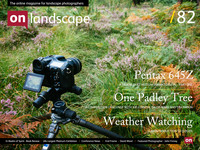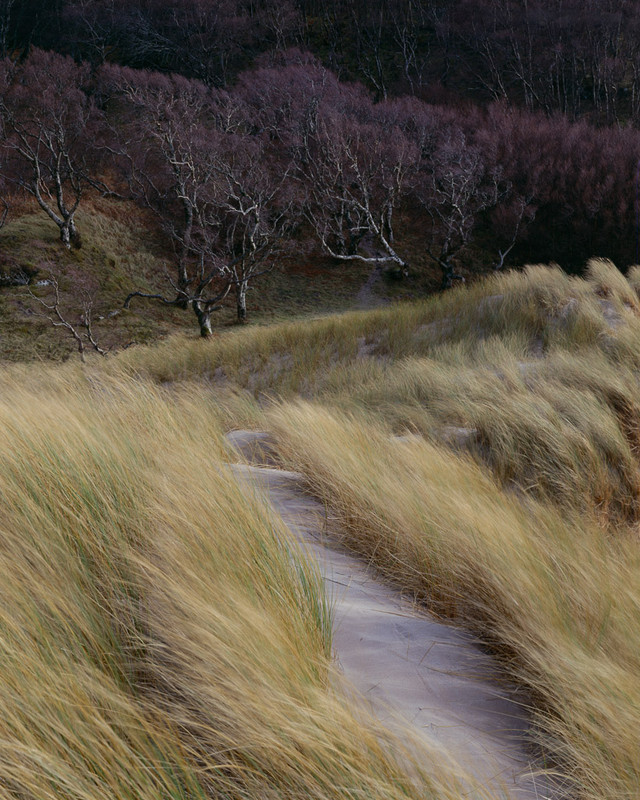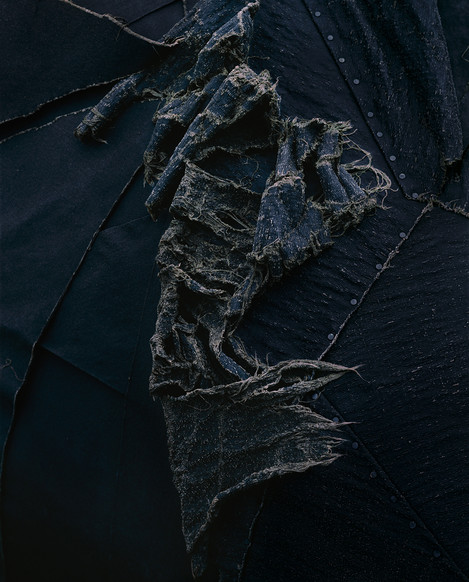Our Host, David Ward, talks about the upcoming event

Tim Parkin
Tim Parkin is a British landscape photographer, writer, and editor best known as the co-founder of On Landscape magazine, where he explores the art and practice of photographing the natural world. His work is thoughtful and carefully crafted, often focusing on subtle details and quiet moments in the landscape rather than dramatic vistas. Alongside his photography and writing, he co-founded the Natural Landscape Photography Awards, serves as a judge for other international competitions. Through all these projects, Parkin has become a respected and influential voice in contemporary landscape photography.
Tim: Hello and welcome to On Landscape. I’m here with David Ward, in On Landscape’s Living Room, and we’re just going to talk a little bit about the upcoming conference in November, because David is not only speaking, but helping to organise it, aren’t you David?
David: I am, which is really exciting. Do I get to wear a dinner jacket on the night itself?
Tim: I think for the evening meal, it might be a good idea.
David: I’m very much a dinner jacket person. It’s a fantastic privilege to be helping with setting it up though. I have done similar things in the past but it’s nice to be doing it again on a much larger scale. What’s really exciting about this, I think, is the real community that On Landscape has built up over the last three and a half years, and the opportunity to meet these people that you interact with via the comments, via email, and via articles that are written and looking at people’s images and articles in the magazine. I think it’s a great opportunity for us all to get together and to have that conversation in a concentrated and intense way. Obviously the other fantastic thing about it is the star line-up that you have arranged for us all, which is really brilliant. To have the likes of Hans Strand and Jem Southam, Paul Wakefield and Rafael Rojas and everybody else coming along to present their work and their ideas is really fantastically exciting for me. I’ve, for instance, never seen Jem’s images except as images on the web and I’d be really interested to see his work projected and to hear what he has to say about it.
Tim: Somebody asked me why we were organising a conference and I think my answer is “Because it’s something that I would want to go to”.
David: I think that’s the best possible reason, really. It is an opportunity for us all to meet and to talk and to take the conversation forward. One of the problems about being a landscape photographer is that most of the time we spend on our own. Most of us probably like being on our own, but in order to exchange ideas and for an art form to grow, you need to actually be in conversation with other artists. The history of art throughout the last millennium or longer has shown that that is the case. If you look at movements, groups started to get together and talk and they took their art forward in a much more cohesive and faster way by meeting. That doesn’t mean that we have to all be some amorphous group or that we have to be some close-knit directive. It’s not about that. On Landscape supports a very wide range of views, but it’s great to exchange ideas with other photographer and practitioners, to let them inspire you to take your vision forward.
Tim: You lead a lot of workshops and some of the things that I have seen in workshops, is that when people start chatting with each other, that they make real progress…
David: I think that’s probably as important as any direction that a workshop leader can give, because the ideas that you pick up from your fellow participants and actually being in a situation where you are immersed in photography, where you don’t have to worry about significant others getting in the way, allow you to make some movements forward. It’s not about learning technical stuff as much as it is about picking up ideas. Photography is all in the mind really. The technique is there to support you so that you can render an image. What’s really important is the ideas, and that’s what a Meeting of Minds is about. The title says it all and that’s the really important thing we are going to get out of this. We will see some amazing images from superb photographers, but we are going to have an opportunity for all of us to exchange ideas and to grow from that.
Tim: And you’ll be talking yourself…
David: I will, yes. I’ll be talking about colour, which is something that has long fascinated me. An awful lot of my best images are about colour relationships and I think that it’s something that is not very often discussed. If it is discussed, it’s discussed in quite simple ways about the colour wheel, contrasting colours, complementary colours. I think there is much more to colour. You introduced me to a book about the links between language and colour, which I find really fascinating. Cultural notions of colour and how they vary from society to society are really fascinating. I will be touching upon that, and I’ll try to introduce what I think is a notion of a language of colour, about the emotional links between colours and imagery. Some of that is very hard-wired, with cool colours like blues, warm colours like yellows, oranges and reds and that goes back to our reptilian forbearers. It’s very deeply embedded in how we perceive colour, but an awful lot of other stuff about colour, we just ignore: the fact that in many senses, colour as we think of it is illusory. When we look at an object, and we think we see a particular shade, if you measured the light emitted from that object, you’d actually see spikes in different points in the spectrum, but our brains think that they see red or green, or whatever it is. We are doing an awful lot of weird stuff to do with colour in our heads. We have very strong memories of what colour is and what it may have been somewhere when it may not actually have been that at all. I’m interested in how colour differs from individual to individual. 40% of the female population are tetra chromic: they have four colour receptors. All males only have three colour receptors, which could explain why we disagree so often with our beloveds about what colour something is and whether they like it or not!
Tim: We are going to write about colour in the magazine a bit more over the next year or so.
David: Yes, you and I have been talking about doing a series on colour and I think it would be a really good thing to do. Colour is such a vital part of composition. Composition is normally described as something to do with form; something to do with how you shoehorn a three-dimensional space in to a two-dimensional space, but colour is such a key part of that and in other art forms like painting, it’s vital. It’s something the other visual realms understand, but for some reason in photography, it’s sort of left out of the notion of composition.
Tim: I think it’s that painters have to explicitly mix the colour and that’s where a lot of it comes from. They have to know what they are mixing, they have to have a good memory for colour.
David: Yes, perhaps there’s a sort of laziness in photographers because all they have to do is point a camera at it. Most people think that they can stick the camera on auto white balance and then Robert is very much your mother’s brother. That’s not actually how it is. Quite often what we need to do when we actually take a raw file and start processing it is actually to think whether a colour relationship is right, is the way the camera has interpreted it actually how we saw it. I see Joe processing images when he might take a tiny bit of cyan out of things, or put a little bit of warmth back in when he is preparing for a print. It’s very minor adjustments, but it makes a huge difference to the feel of an image, its evocative effect, its emotive effect. Very subtle tweaks and changes are very important and the users of Velvia have been accused through the years of loving things that are too saturated. I don’t think saturation per se is a bad thing, it’s about balance. I’m not a fan of using Velvia in full-blooded light, but if you use it in shaded conditions it has great subtlety and richness. You talk about how Velvia separates colours more than it saturates them…There’s an awful lot to talk about there. The cultural thing I find particularly fascinating, like how if you ask a Russian about where they think the border is between blue and green and then you ask someone from Western Europe where they think it is, you’ll get completely different shades.
Tim: We're going to have a series of little conversations with all the presenters over the next few months until the conference about what they’ll be talking about. We’re also going to have some more featured exhibitors coming on board over the next few months as well. We’ve just had it confirmed that Canon and Park Cameras are going to be coming along with some interesting things, but we’ll bring you more news of that as and when we can. Thank you very much, David.
David: Thank you.




